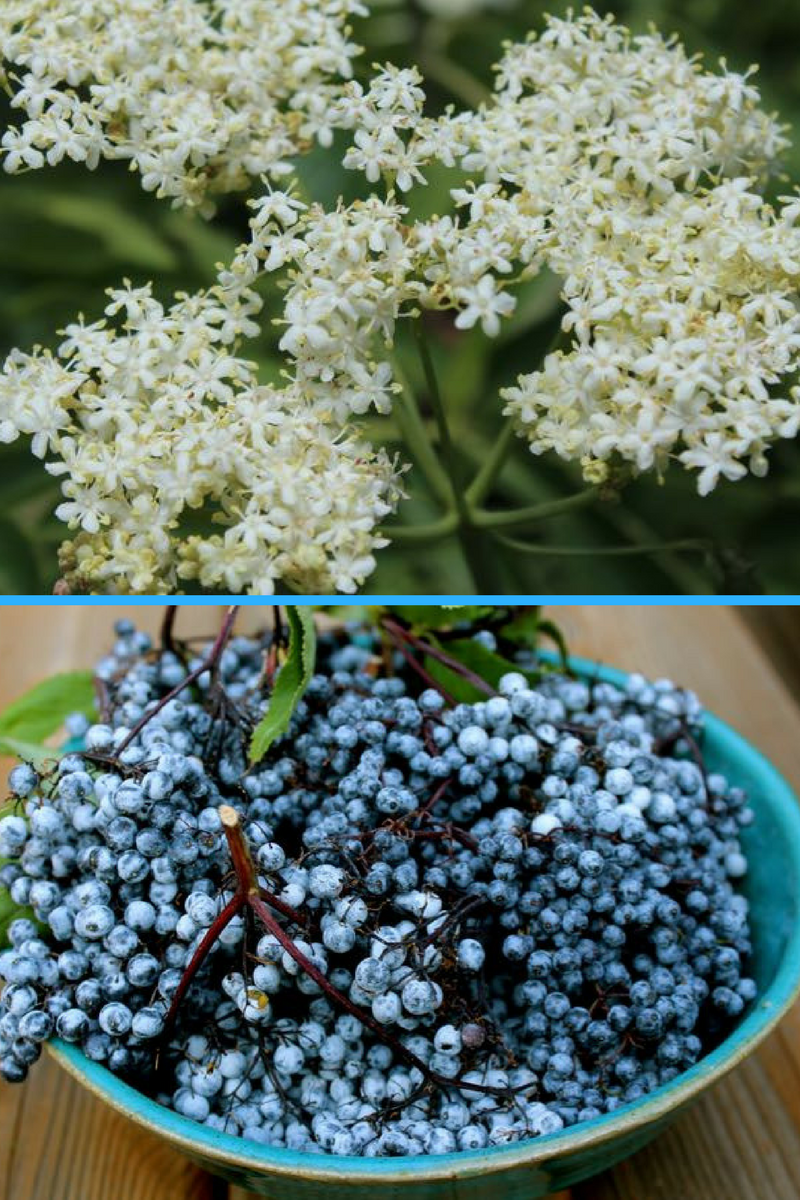
Plant Ally for Back-to-School Time: Elderberry
Share
Elder is an herb with a long history of medicinal, magical, and folkloric use. There are some wonderful stories that surround the plant, as it is sacred to the Queen of the Fairies (and other mythic beings) and it is considered a plant that is a portal to the underworld.
But which Elder should you use? The Elder plant is from the genus Sambucus with more than 2 dozen identified species around the world. Identification of species and common names often refers to the region in which these plants or found or the color of their berries. A few elder species include: Sambucus nigra - Black Elder/European elder, Elderberry Sambucus mexicana - Mexican Elder, Sambucus racemosa - European Red Elder Sambucus australasica - Yellow Elder, and Sambucus adnata - Asian Dwarf Elder
Different species of Elder have berries that vary in color from black or bluish black to red and even yellow or white. The Elderflower is white to pale cream in color. Although the Elder plant is found in areas all over the world, its presence is most commonly seen in the northern hemisphere, with at least 10 identified species found in North America. To get the best medicinal benefits, I recommend sticking to two widely available varieties: the European black (Sambucus nigra) and the golden Canadian variety (Sambucus canadensis).
While others may be medicinal, some are indeed toxic like the Red Elder (in several varieties). Stay away from red berries!
Many folks fight with the birds for a decent harvest of syrup each year to keep them well all winter. And there’s a reason why- this delicious medicine is more effective than flu vaccines, Tamiflu, and other remedies for influenza (this is substantiated with scientific, double-blind, published studies). It boosts immune functioning and is antiviral!
Here at Haven, we love Elder, and use both the flowers and the berries. Our berry family of products includes Berry Blast Elixir (a popular item this time of year with everyone in the family) and Under the Weather Tisane.




